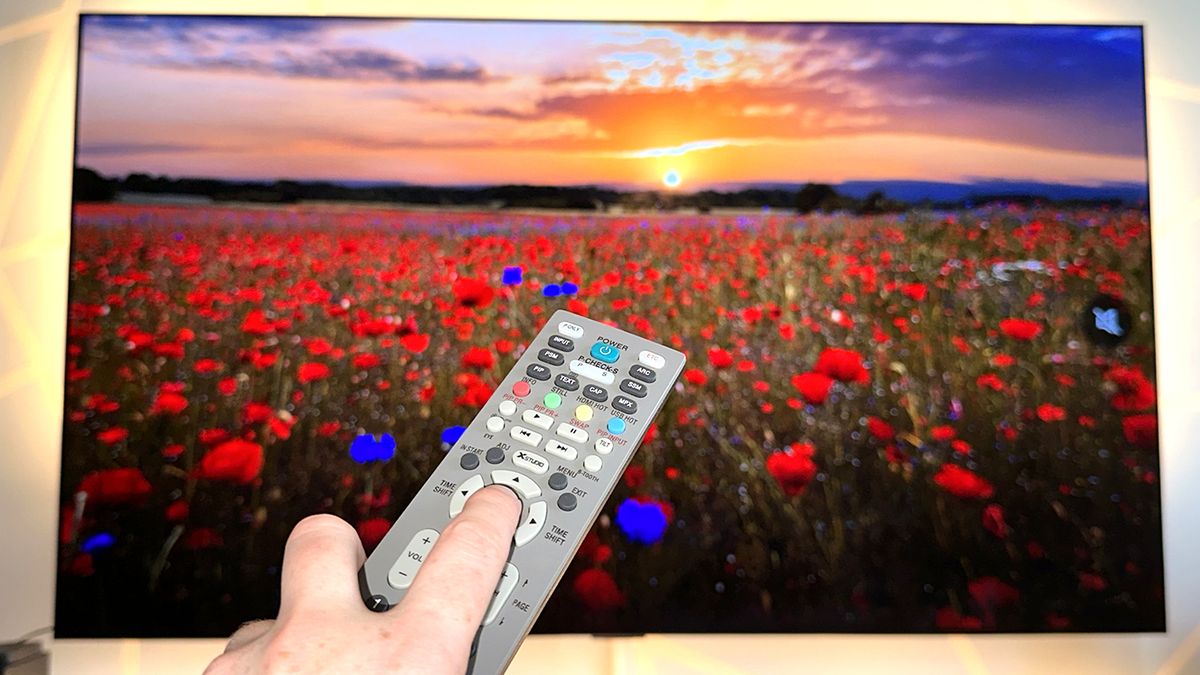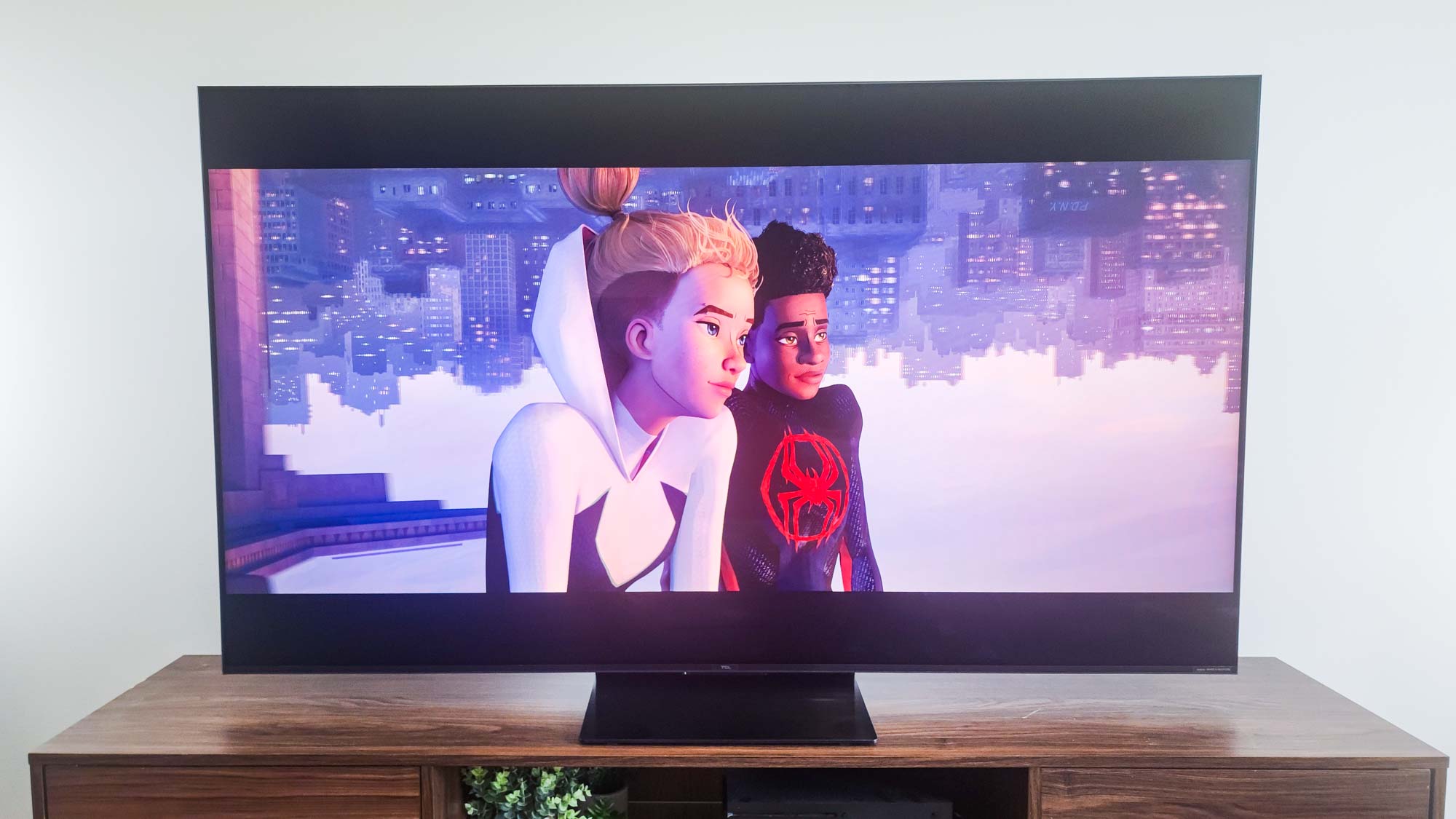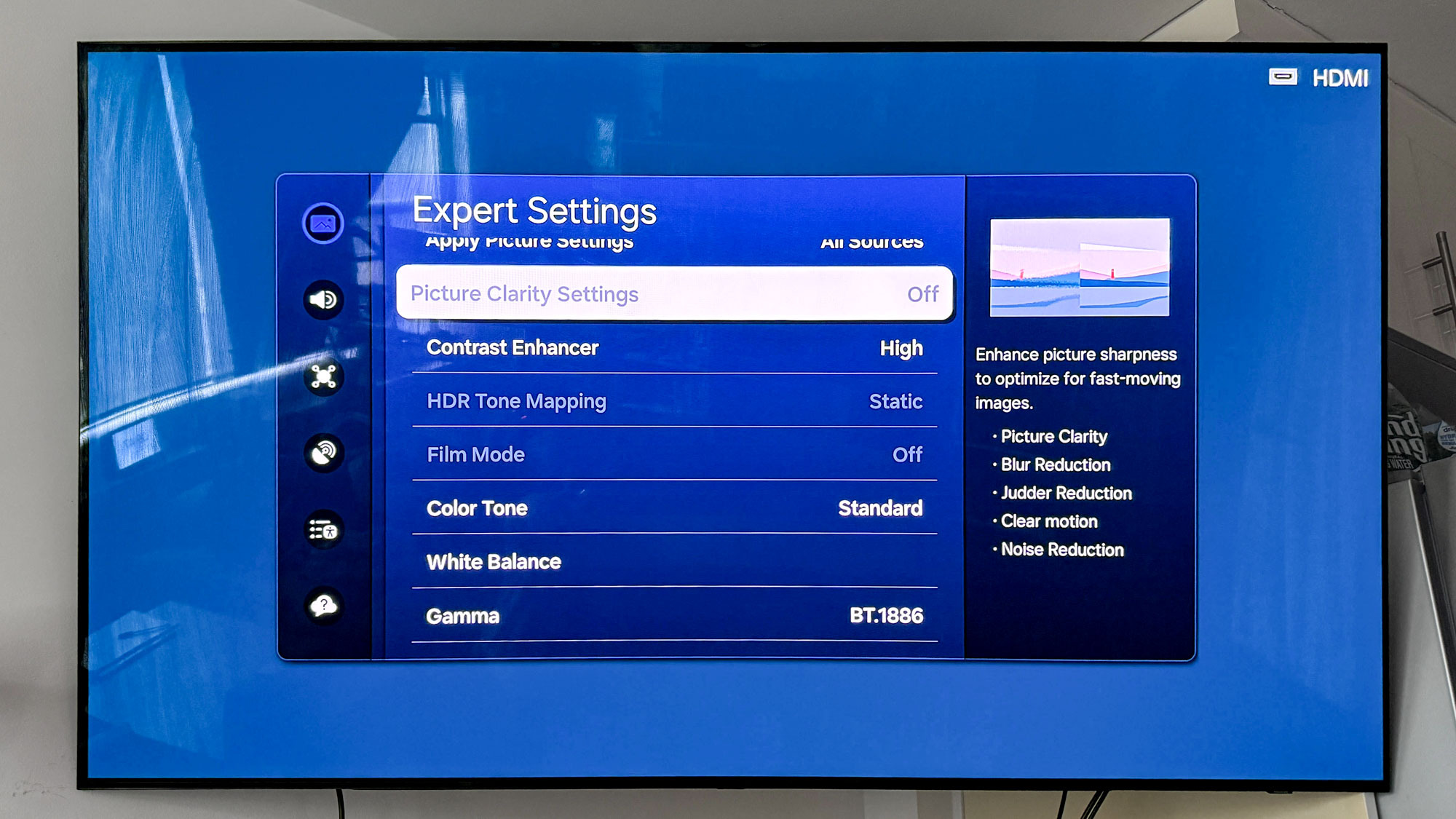I'm a TV expert and this is the one picture mode you should avoid at all costs
If your TV has this preset enabled, it probably doesn't look its best

I’ve been in the TV-reviewing business for a while, so I’ve seen my fair share of TVs. Over the years, I’ve developed a host of preferences about the look and feel of my TV-viewing experience.
You’ve probably developed preferences and habits, too, just by watching TV throughout your life. You appreciate having the volume at a certain level and for the room’s lighting to be just the way you like it.
But if you haven’t plunged the depths of your TV’s settings menu, you might unknowingly be parked on a picture mode that doesn't make the most of your TV’s capabilities. Vivid mode — sometimes labeled as Dynamic mode — is one such preset.
Every TV — from the most affordable models to the best TVs you can buy — look their best when Vivid mode isn’t in use. And yet, some TVs nevertheless arrive with the mode enabled by default. To understand why you might want to avoid it, let’s start with the basics.
What is Vivid (or Dynamic) mode for TVs?

In a nutshell, Vivid and Dynamic mode exist to make a TV’s picture as attention-grabbing as possible. Typically, this means higher brightness, extremely saturated colors and over-sharpened details.
Consider the environment of a TV on display in an average brick-and-mortar store: There are bright, fluorescent lights and shoppers milling around. Critically, there are rows of rival TVs to compete with, and they’re all sharing space.
If you were manufacturing TVs and you wanted your model to stand out in Best Buy, you’d probably engineer a picture mode that leaned into your TV’s ability to render a high-contrast, highly saturated image — one that pops even underneath bright, fluorescent lighting.
Vivid mode’s existence isn’t solely for commercial viewing, of course. Throughout the years, I’ve spoken with several TV engineers who explain that plenty of consumers use these modes at home and have come to expect it as a feature.
Get instant access to breaking news, the hottest reviews, great deals and helpful tips.
If you’re interested in graduating to a less-garish picture, here’s what to do.
If you consider yourself a Vivid-viewer for life, then by all means, keep on peeping those oversaturated colors. But if you’re interested in graduating to a less-garish picture, here’s what to do.
What should I use instead of Vivid mode?

If I’m testing a TV for Tom’s Guide or watching TV at home, I’m using Filmmaker mode. Most A/V enthusiasts, TV reviewers and industry professionals tend to do the same in their own living rooms, as this mode is designed to get your TV as close as possible to the reference standards used by the artists that make movies and TV shows.
Filmmaker mode achieves this in part by putting the kibosh on settings that play it too fast and loose with picture processing. (Most Filmmaker modes disable motion smoothing settings, for instance.)
Simply put, whether you own an entry-level LED TV or the five-star LG C5 OLED, it will do much a better job recreating the creator’s intent in Filmmaker mode than it ever will in Vivid or Dynamic.
If you’re using Filmmaker or Cinema mode for the first time, your first response might be to be shocked at how yellow everything looks.
You may not care about the accuracy of your TV, and ultimately, that’s fine. It’s your TV and you should watch it however you like. But if what’s stopping you from dropping Vivid mode is that you find Filmmaker mode to be too dark or not saturated enough, I recommend playing around with the brightness and color settings of your TV’s Movie mode.
Movie mode (sometimes called Cinema or Theater) is likely the closest your TV gets to reference accuracy outside of FIlmmaker mode, and by default, it might have many of the settings you’re accustomed to already enabled by default.
Fair warning, though: If you’re using Filmmaker or Cinema mode for the first time, your first response might be to be shocked at how yellow everything looks. This is because you’ve been staring at a blue-tinted picture without even realizing it. Give your eyes some time to adjust.
If you don’t like the look of any of these alternatives, using your TV’s Standard picture mode is always an option, too. It’s not nearly as accurate as something like Filmmaker, but it still offers a considerable amount of restraint compared to Vivid.
More from Tom's Guide

Michael Desjardin is a Senior Editor for TVs at Tom's Guide. He's been testing and tinkering with TVs professionally for over a decade, previously for Reviewed and USA Today. Michael graduated from Emerson College where he studied media production and screenwriting. He loves cooking, zoning out to ambient music, and getting way too invested in the Red Sox. He considers himself living proof that TV doesn't necessarily rot your brain.
You must confirm your public display name before commenting
Please logout and then login again, you will then be prompted to enter your display name.
